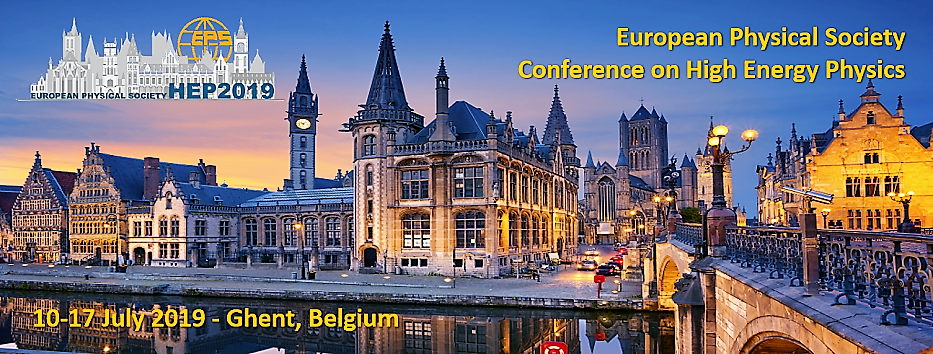Speaker
Description
Quark-gluon plasma and it's properties can be studied with quarkonium states used as a probe. Both $J/\psi$ and $\Upsilon$ states dissociate if a sufficiently high temperature is reached in the plasma. Since these quarkonium states have different binding energies, they are expected to dissociate at different temperatures, which is expected to lead to the so-called sequential suppression phenomenon.
There are also other effects, which contribute to the suppression such as nuclear absorption, shadowing or comover interactions. In addition, an enhancement of $J/\psi$ yield due to possible regeneration may contribute. Furthermore, by studying the quarkonium spectra and charged particle multiplicity dependence in p+p collisions important information can be gained on quarkonium production mechanism and it's relation with soft particle production.
This presentation will include both $J/\psi$ and $\Upsilon$ production cross section measurements in p+p collisions at $\sqrt{s}=200\:\mathrm{GeV}$ and ${\sqrt{s}=500\:\mathrm{GeV}}$. Normalized quarkonium yield vs. normalized charged particle multiplicity will be shown. The nuclear modification factor in p+Au collisions at $\sqrt{s_{NN}}=200\:\mathrm{GeV}$, $R_{pA}$, will also be presented. Finally, the nuclear modification factors $R_{AA}$ in Au+Au collisions at $\sqrt{s_{NN}}=200\:\mathrm{GeV}$ will be shown. All the results will be compared to measurements by other experiments and model calculations.




